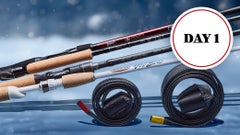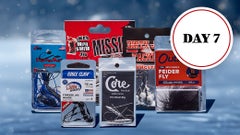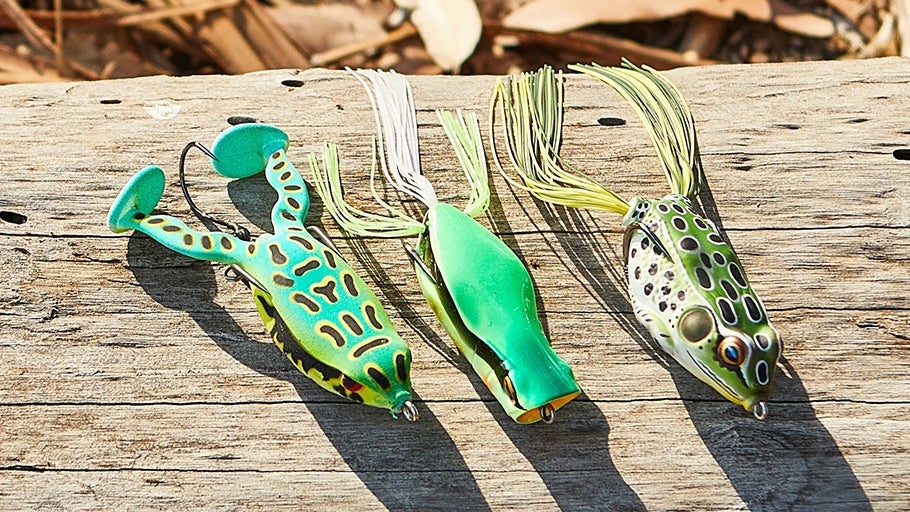
How-To Change a Frog Skirt
An essential skill for keeping your frogs looking fresh and performing their best, changing out skirted frog legs is a simple task that breaths new life into your worn-out amphibian impersonators! Whether you’re refreshing a chewed-up skirt that is the victim of countless blowups, or customizing the look of your favorite hollow body, follow along for step-by-step instructions on how to swap out your frog’s skirted legs.
To get started, you will need a hollow body frog, rubber or silicone skirt material, a pair of scissors, and a tool for threading your fresh legs through the frog.
What's Needed
- Frog
- Skirting Material
- Line
- Scissors or Shears
- Threading Needle
Step One: Remove Original Legs
To kick this procedure off, you first need to remove the legs currently equipped on your Hollow Body Frog. Start by either rotating the double hook 180-degrees so that the points are facing away from the frogs belly, or just remove the hook entirely for easy access.
Next, pinch the frog's body just in front of the legs to bring the leg openings into alignment. Firmly grasp the skirting on one leg while maintaining alignment on the leg openings and pull the skirt material through the body until it comes free from the frog.
Step Two: Prep your Skirting Material
Prepping your skirted legs is as easy as determining how many strands of skirt material you would like to use, and tying a knot in the center of the silicone or rubber legs. Most frogs are equipped with legs composed of 16 - 40 strands of skirting, depending on the thickness, material, and design of the hollow body frog itself. A note of caution, trying to force too many strands of material through the leg openings can damage or tear your frog's body.
Once you have selected your material type and amount, tie an overhand knot in the middle. This will be your center point and help keep the legs anchored in your lure's body during aggressive casts and vicious blow ups.
Step Three: Thread Skirt Pulling Device Through Frog
In order to pull your new skirting material through the base of the frog, you will need to employ a tool to help guide the skirting through the openings. There are specialty wire-made skirt pulling tools on the market that can maximize efficiency, however, budget-conscious anglers can alternatively utilize some thick monofilament or fluorocarbon line with an overhand loop knot tied at one end to accomplish the task as well.
Start by inserting your tool or line into one leg hole and thread it through and out of the opposite passageway. It can again be very helpful to pinch your toad's body to align the holes to create a more direct path.
Step Four: Pull Skirting Material Through Body
Once you have your skirt pulling device threaded through the body, insert your rubber or silicone skirting into the opening of your tool or loop in your line. Only pass an inch or so of material through your tool to make it easier to pass the leg through the body cavity. Now pull it through the openings to the other side until your skirting comes free from your threading device.
You can then simply continue working the skirted legs through by hand until you pull your knot through one of the leg holes.
Step Five: Trim the Legs
To complete the process, trim the skirting material to your desired length, ensure both sides are even. During the trimming process, or once its completed, separate out the individual strands of rubber or silicone so the legs can present and function properly.
Perfect for giving your favorite hollow body amphibian a fresh, custom look or a great way to bring your torn-up proven producer back to life, complete this easy task to extend the life of your frog - and your budget!
Related Content

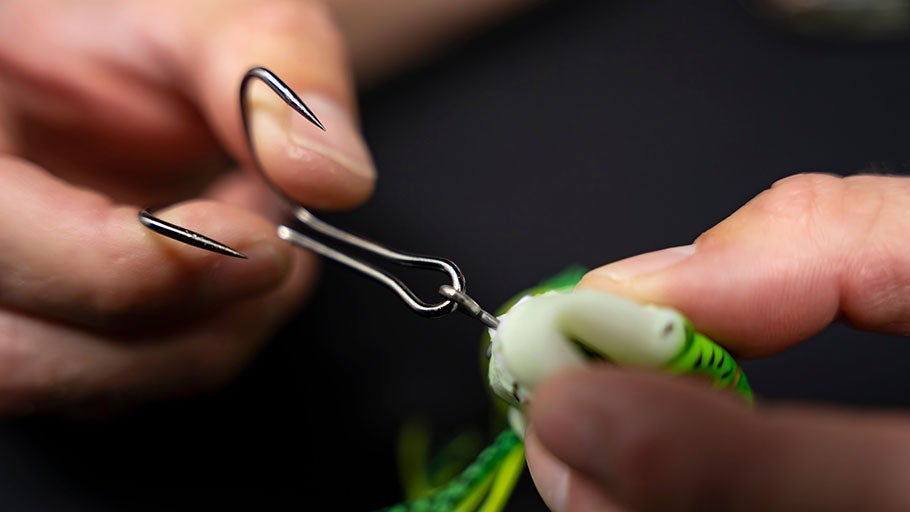
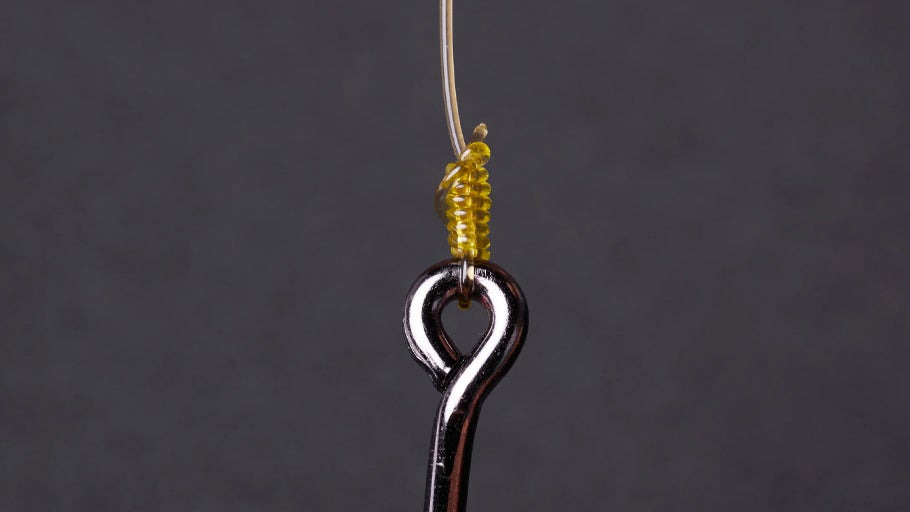
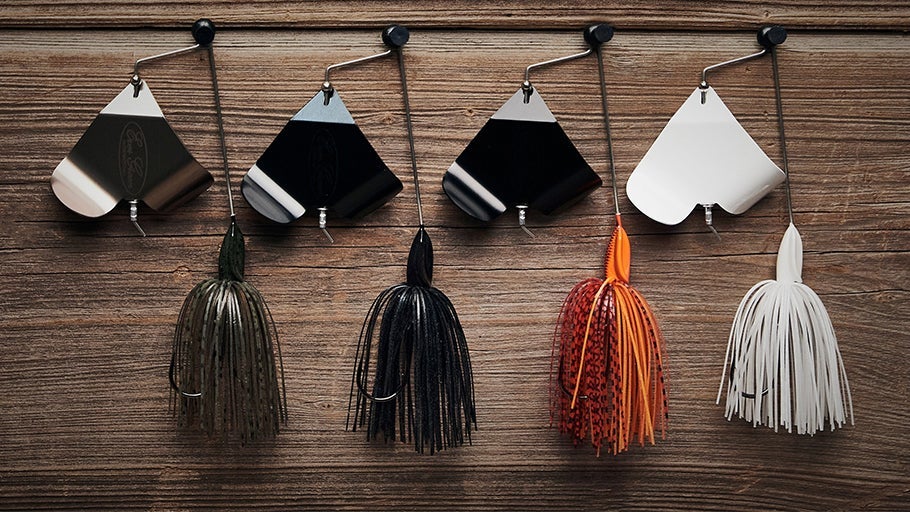
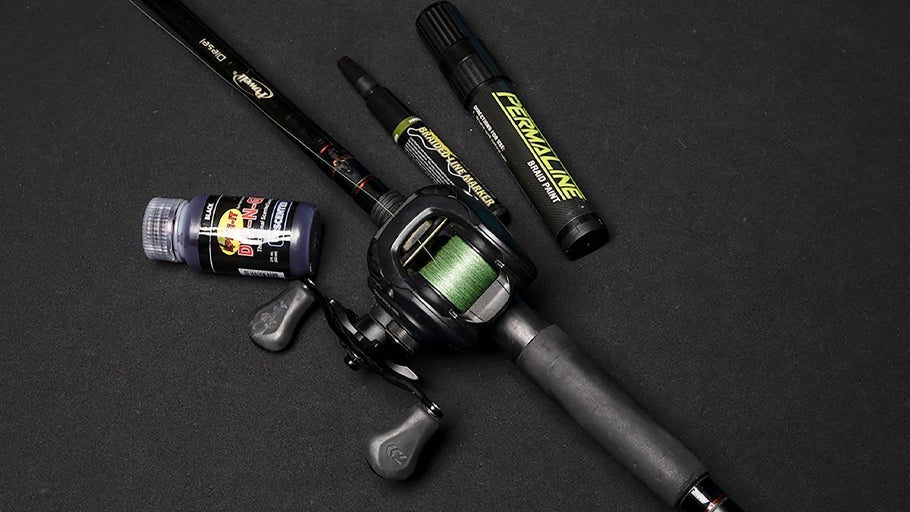
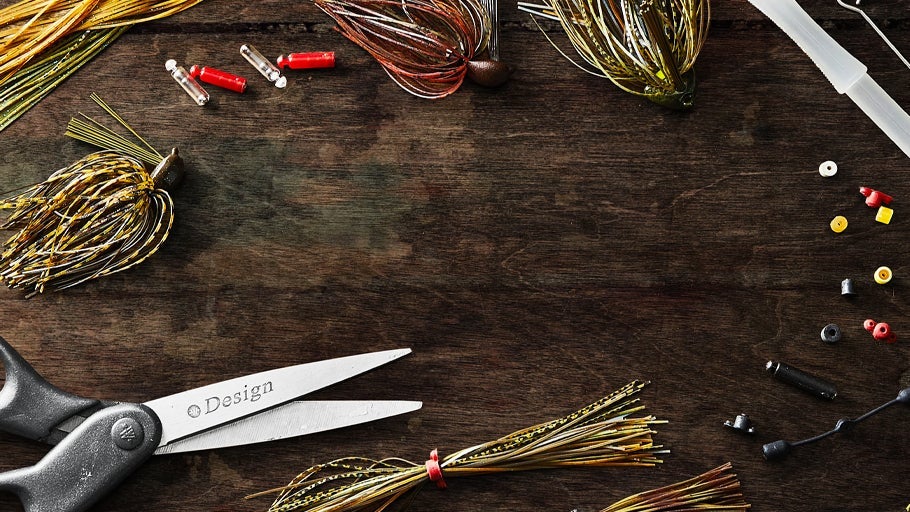
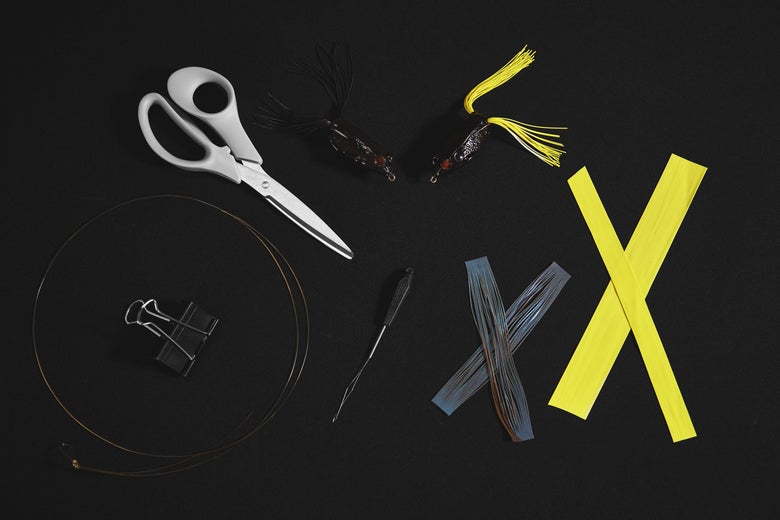









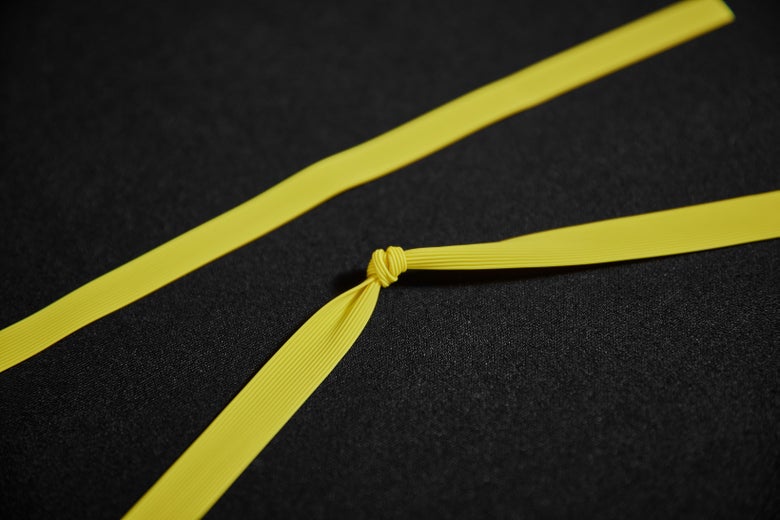




.jpg&nw=780)
.jpg&nw=780)

